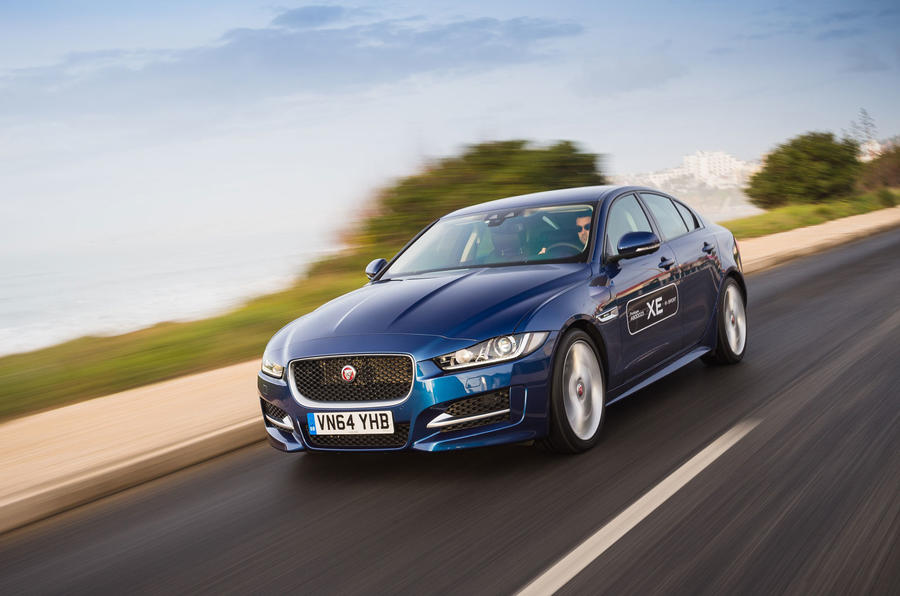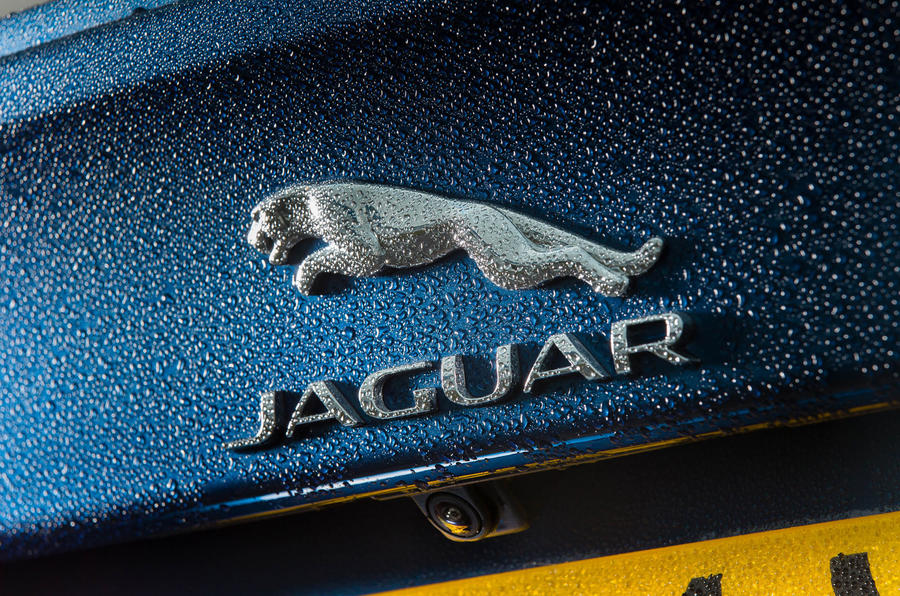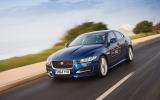What is it?
It’s not quite finished. That’s the first thing to know. Jaguar has its ‘FeelXE’ strapline and is letting us do precisely that by driving the new car. But it’s not quite finished yet.
This test XE, Jaguar’s answer to the BMW 3-series and Mercedes-Benz C-class, is still a prototype. That explains why there are stickers on the outside of the car and, you might be able to see on the console in some pictures, a large red emergency stop button, which is a legal requirement of prototypes. Another 600 pre-production cars will be built before XEs arrive for customers to feel in May, priced from £26,995.
It’s rare that we have the opportunity to drive a car as new as this. I don’t mean ‘new’ as in ‘before production’, but ‘new’ as in ‘a new, mostly aluminium platform, rolling down a new production line, powered by an engine that is new and built in a new engine factory’.
A mostly aluminium body? Of course. Jaguar has fairly well nailed its colours on this one. The XE has an aluminium-to-steel ratio to roughly the inverse proportion of every other car in this class. A mixed-metal monocoque is fast becoming the norm, but Jaguar seems to use steel where others prefer to use aluminium, and vice versa.
I claim to be no great arbiter of aesthetics but to my eyes the XE looks good. It looks like a Jaguar from the front, which is no bad thing, although when following it from a distance you might wonder whether you’re behind an Audi A4 or a Citroën C5, but I suspect familiarity will cure that.
To the inside, then, where the XE is most unfinished – in surfaces and stitching – but still feels competitively luxurious. There is, praise be, a new multimedia system. It's still a touchscreen and less intuitive than the best (by which I mean BMW’s iDrive), but it uses softer, more organic colours inculding a grassy green for the sat-nav route. It’s a pleasingly clean interior, too, and is light on buttons.
Is it roomy enough? We didn’t manage a back-to-back comparison during this trip but have run a tape measure over an XE. Accommodation is competitive with a 3-series, but – and I suspect this is the aluminium construction making its presence felt - boot space is limited to 455 litres (the 3-series and C-class both have 480). Rear shoulder-room is tighter than that of both the BMW and Merc, too.






































Join the debate
Add your comment
Hmmmmmm!?
The thinking man's car?
Why give a rating to a pre